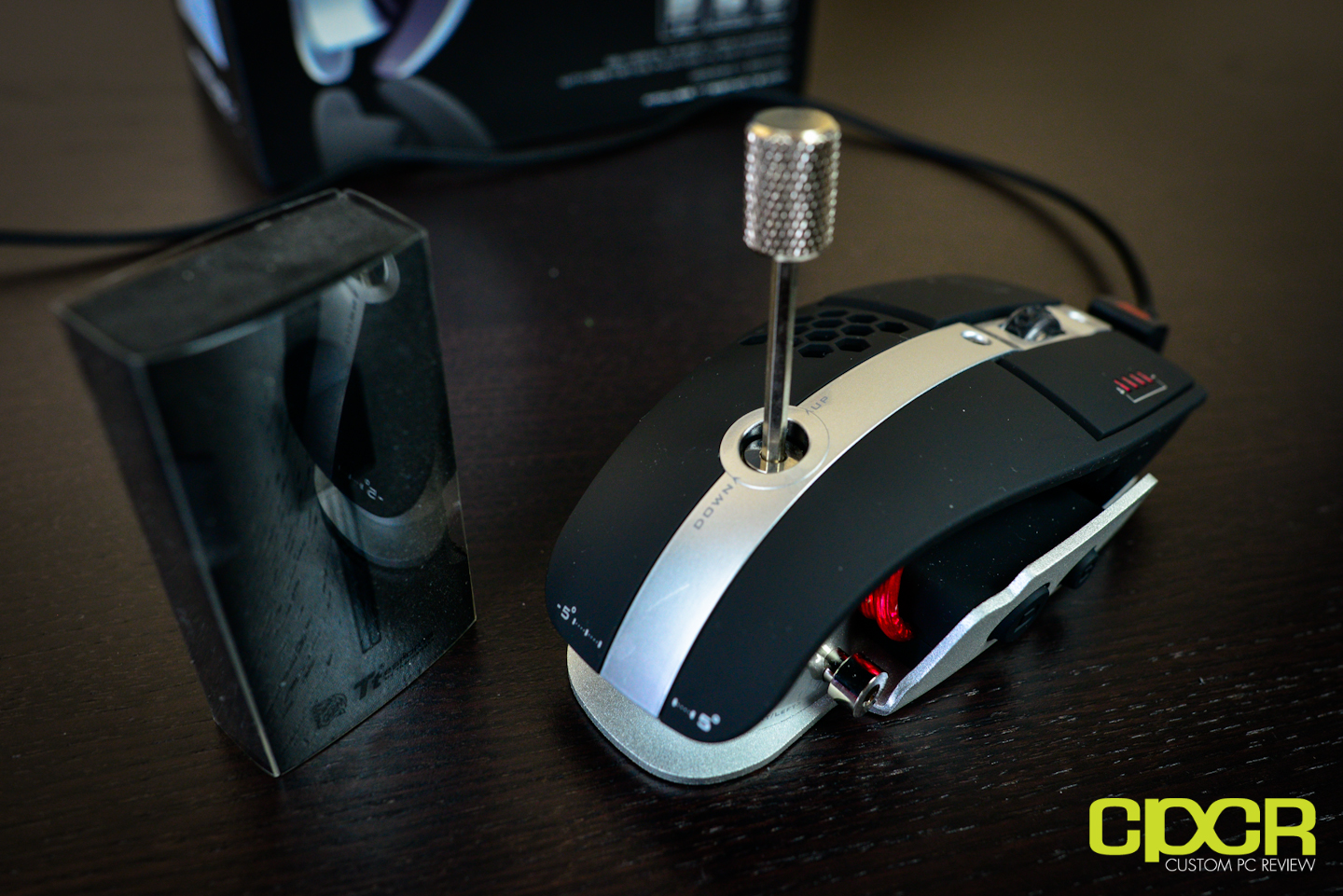

This is acceptable for devices such as desk calculators, digital signal processors, and other specialized devices. It would have to be reconfigured to change its behavior. Without a significant amount of memory, a computer would merely be able to perform fixed operations and immediately output the result.

The former controls the flow of data between the CPU and memory, while the latter performs arithmetic and logical operations on data.

This distinction was extended in the Von Neumann architecture, where the CPU consists of two main parts: The control unit and the arithmetic logic unit (ALU). Generally the fast volatile technologies (which lose data when off power) are referred to as "memory", while slower persistent technologies are referred to as "storage".Įven the first computer designs, Charles Babbage's Analytical Engine and Percy Ludgate's Analytical Machine, clearly distinguished between processing and memory (Babbage stored numbers as rotations of gears, while Ludgate stored numbers as displacements of rods in shuttles). In practice, almost all computers use a storage hierarchy, : 468–473 which puts fast but expensive and small storage options close to the CPU and slower but less expensive and larger options further away. The central processing unit (CPU) of a computer is what manipulates data by performing computations. It is a core function and fundamental component of computers. You can change that value here, or even set the wheel to move a whole screen of text at a time.Read/Write DVD drive with cradle for media extendedĬomputer data storage is a technology consisting of computer components and recording media that are used to retain digital data. By default, when you scroll your mouse wheel one “click” it scrolls three lines of text. The options in the “Vertical Scrolling” group let you control what happens when you scroll your mouse wheel while looking at long pages. The “Wheel” tab is all about your mouse’s scroll wheel. It’s handy if you have any vision difficulties. The last option allows you to press the Ctrl button at any time to highlight the location of the pointer. The “Hide pointer while typing” option is self-explanatory and preferred by most people who do a lot of typing. The “Pointer trails” option leaves “after-images” of the pointer while it’s moving, making it easier to track for those with vision difficulties or using a small screen. The options in the “Visibility” group make the pointer more obvious on the screen in various ways. Some people, however, find it a little disconcerting to have their pointer moved for them. Many people prefer this setting to be left on because it means moving your mouse less. The “Snap To” option moves your pointer to the default dialog button whenever a new window appears. For a more complex breakdown of this feature, be sure to check out How-To Geek’s article on Enhance pointer precision. It’s a useful option-particularly if you’ve got a large monitor-but disabling this option can be helpful for designers and gamers who want more specific control with a one-to-one relationship between hand and mouse motion.
#Lvl up mouse windows
With this option enabled, Windows accelerates the pointer more for faster motions of the mouse, making it possible to use the mouse in a smaller physical space. The “Enhance pointer precision” option is worth special attention. RELATED: What Is "Enhance Pointer Precision" in Windows? Moving the slider to the left or right makes the cursor move slower or faster, respectively, relative to the physical motion of your mouse. The “Pointer Speed” option in the “Motion” category is probably the most commonly-adjusted setting in this guide. The “Pointer Options” tab lets you control various settings regarding your on-screen pointer. Highlight a pointer or contextual tool, click the “Browse” button, and then select an alternate image from the default folder-or a different folder if you’ve downloaded some cool images you want to use instead. Under the “Customize” list, you can change the individual pointers and cursors within the scheme.


 0 kommentar(er)
0 kommentar(er)
